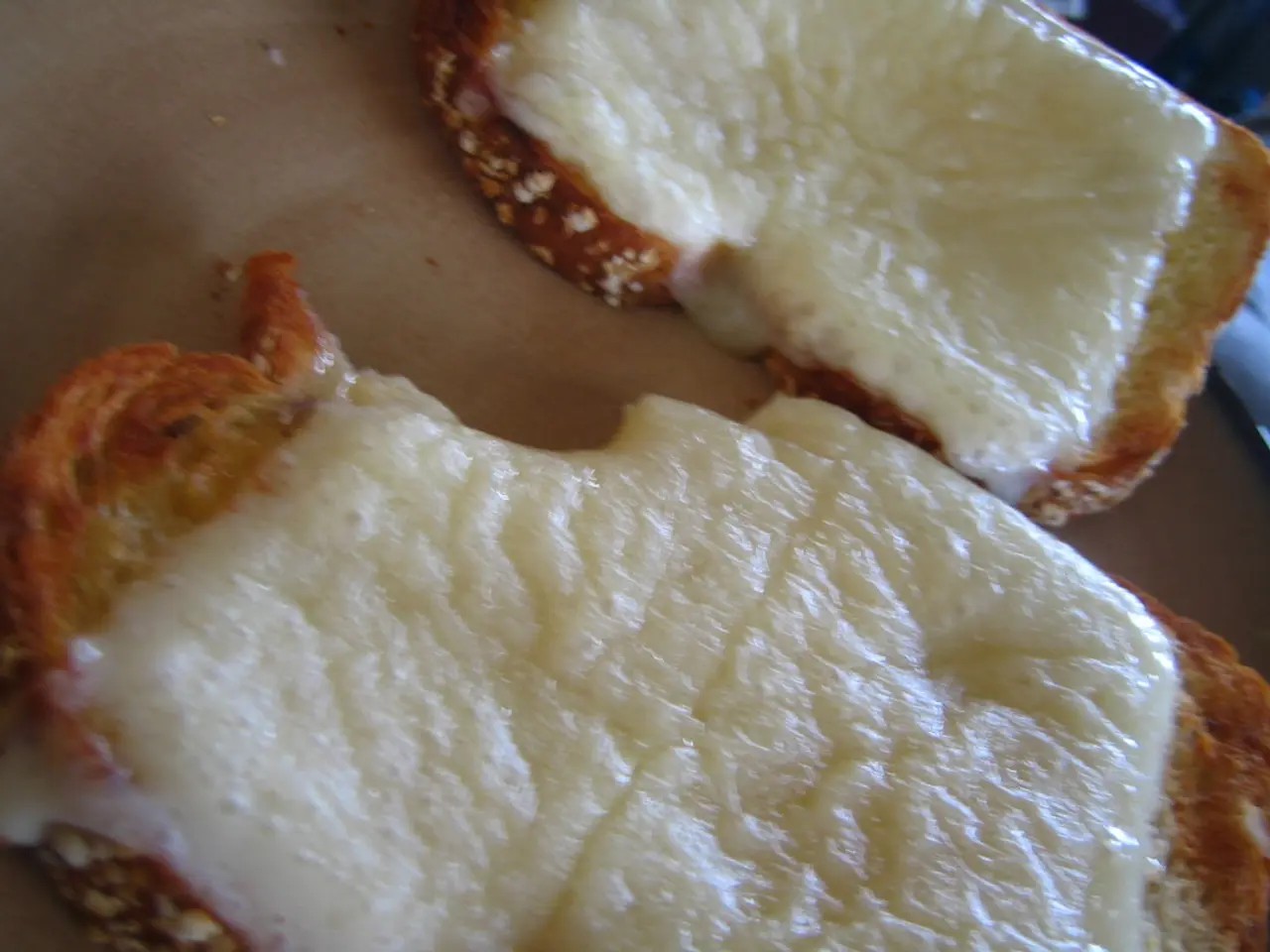Eczema's Predilection Sites and Further Insights
Eczema and dermatitis are common skin conditions that can cause discomfort and affect one's quality of life. Here's a breakdown of some common types, their symptoms, and potential triggers.
Atopic Eczema (Atopic Dermatitis)
Atopic eczema is the most common type and often affects a person's hands, elbow creases, or the backs of their knees. Common triggers include dust mites, pet dander, mold, pollen, dairy, wheat, harsh soaps, cold weather, environmental allergens, dry climates, stress, sweating, and seasonal changes. It often occurs alongside other allergic conditions like asthma and hay fever [1][3][4][5].
Contact Dermatitis
Contact dermatitis is triggered by direct skin contact with irritants or allergens such as fragrances, nickel, latex, dyes, bleach, detergents, soaps, paint, jewelry, solvents, poisonous plants (e.g., poison ivy), tobacco smoke, skin care products, and makeup. Both allergic and irritant types exist, with repeated exposure worsening symptoms [2][4].
Dyshidrotic Eczema
Dyshidrotic eczema can affect the hands and feet and is linked strongly with metal exposure and moisture. Triggers include allergies, stress, dampness of hands or feet, and exposure to metals such as nickel, cobalt, or chromium salts. Wearing gloves or having sweaty hands/feet can exacerbate it [2].
Neurodermatitis (Lichen Simplex Chronicus)
Neurodermatitis usually affects the feet, ankles, hands, wrists, elbows, shoulders, neck, scalp, and sometimes the genital and anal areas. While specific triggers are less detailed in the sources, it is generally worsened by chronic scratching and rubbing often triggered by stress, dry skin, or irritants that cause persistent itching [4].
Nummular Eczema
Nummular eczema can affect the arms, legs, torso, and hands. It is often triggered by dry skin, harsh soaps, and cold weather, similar to atopic eczema triggers [4].
Stasis Dermatitis
Stasis dermatitis can affect the skin on the legs and is triggered mainly by poor circulation and venous insufficiency leading to fluid buildup in the lower legs, along with skin inflammation from this congestion. Factors worsening include prolonged standing, obesity, and varicose veins [4].
Seborrheic Dermatitis
Seborrheic dermatitis usually affects the scalp. Symptoms include flaking skin or dandruff, patches of flaky white or yellow scales on top of oily skin, an irritable rash that appears dark on skin of color and lighter on paler skin, a ring-shaped rash in those with a type known as petaloid seborrheic dermatitis, and itchiness [5].
Risk Factors and Triggers
Risk factors for developing stasis dermatitis include varicose veins, high blood pressure, vein surgeries, obesity, multiple pregnancies, a history of blood clots in the legs, congestive heart failure, kidney failure, lack of exercise, and a job that involves sitting or standing for hours. Triggers for neurodermatitis include tight clothing, insect bites, nerve injury, dry skin, and dry skin [1][2][3][4][5].
Some people with eczema have a genetic variant in the gene that produces a protein called filaggrin. In people lacking filaggrin, moisture can escape from the skin, and pathogens such as bacteria can enter, resulting in very dry skin that is susceptible to infection [1][2][3][4][5].
Eczema is a common chronic condition that affects around 10-30% of children and 2-10% of adults in developed countries [1][2][3][4][5]. It's essential to manage the condition through moisturizers, avoiding foods and other substances that trigger flares, and seeking a dermatologist's help for a customized treatment plan.
- Atopic eczema, a common type of eczema, often affects a person's hands, elbow creases, or the backs of their knees, and it can be triggered by numerous factors such as dust mites, pet dander, mold, pollen, dairy, wheat, harsh soaps, cold weather, environmental allergens, dry climates, stress, sweating, and seasonal changes.
- Contact dermatitis, another type of eczema, is triggered by direct skin contact with irritants or allergens like fragrances, nickel, latex, dyes, bleach, detergents, soaps, paint, jewelry, solvents, poisonous plants, tobacco smoke, skin care products, and makeup.
- Nummular eczema, which can affect the arms, legs, torso, and hands, is often triggered by dry skin, harsh soaps, and cold weather, similar to atopic eczema triggers.
- Neurodermatitis, which usually affects the feet, ankles, hands, wrists, elbows, shoulders, neck, scalp, and sometimes the genital and anal areas, is generally worsened by chronic scratching and rubbing often triggered by stress, dry skin, or irritants that cause persistent itching.




